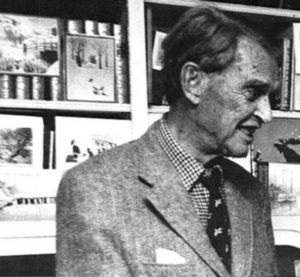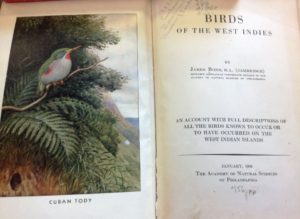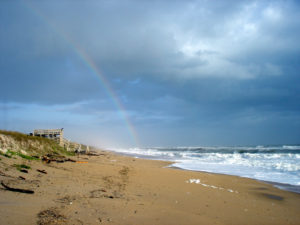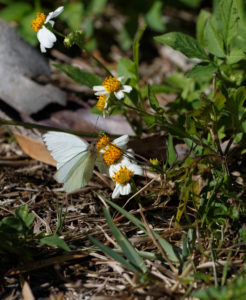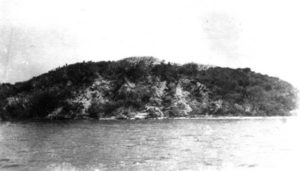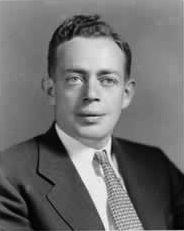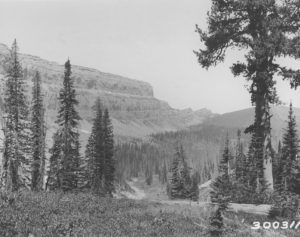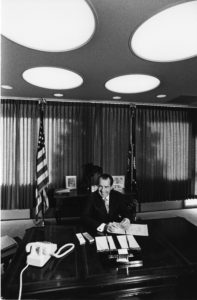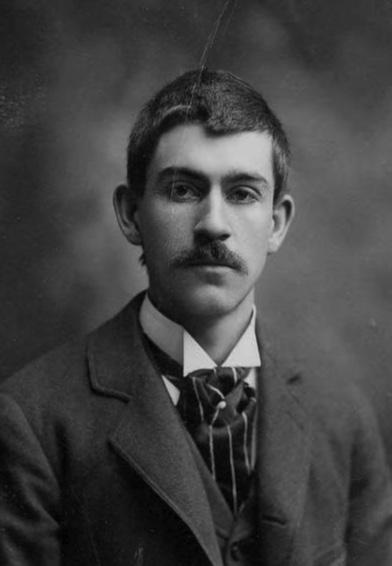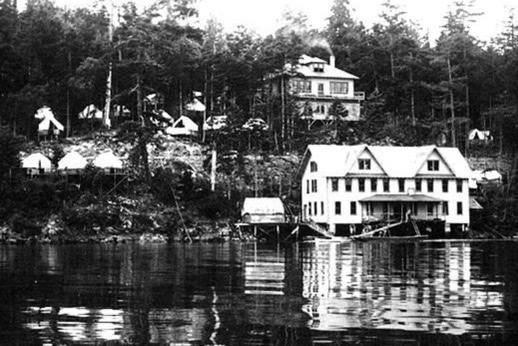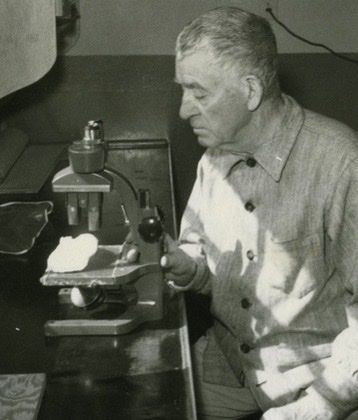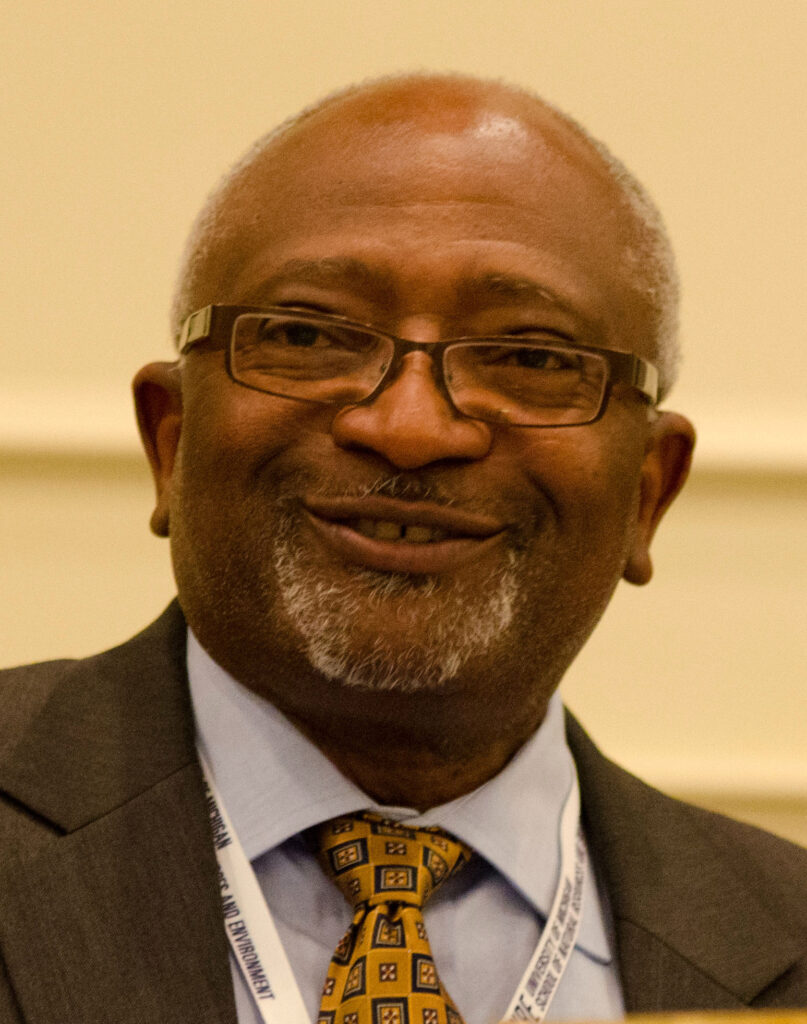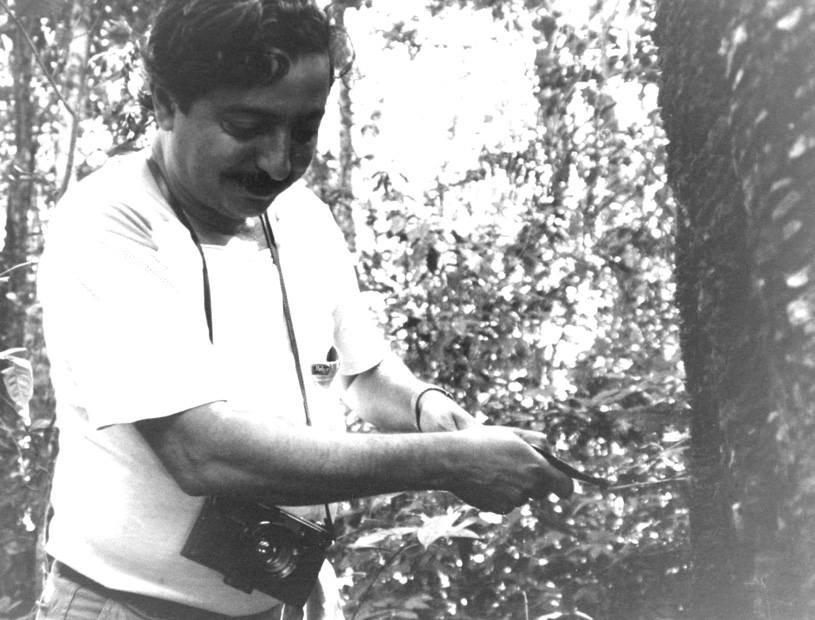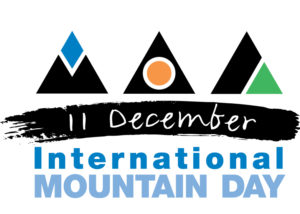Who doesn’t love birds (other than Sheldon Cooper)? We are attracted by their beauty and diversity, their songs, the graceful freedom of their flight and their companionship, at the bird feeder or in our homes as pets. January 5 honors that love as National Bird Day. The day was created in 2002 by a collaboration of the Born Free USA Foundation and the Avian Welfare Coalition. National Bird Day is celebrated on January 5 because the annual Christmas bird count ends on this date. The annual bird count focuses our attention on the conservation of wild native birds. National Bird Day adds a focus on the care of captive birds, most of which are from other countries than the United States and imported to this country as pets.
Understanding how to care for captive birds requires more than providing food, water and cleaning cages. Birds are complex creatures, with elaborate and diverse social relationships with other birds, both in their species and among species. National Bird Day helps bird owners and admirers create the right environments for their pets and the right expectations for the bond between birds and their owners.
Perhaps more importantly, however, National Bird Day emphasizes that wild birds should remain wild. Most exotic bird species are not domesticated, but captured from the wild. Hence, their needs are associated with their instincts and learned behavior in the wild, not based on a history of being carefully bred to live in cages or human homes. Also, many bird species from tropical areas are threatened by extinction because of illegal capture and trade, and many birds die cruel deaths while being smuggled across national borders. One estimate is that 60% of wild-caught birds die in the process of being transported to markets.
About one-quarter of the known 9,600 bird species are traded in the global wild bird market. The largest exporters of wild birds are African countries, led by Senegal. The largest importers of wild birds are the countries in Europe. The U.S. once was the largest importer of wild birds, but this has fallen dramatically because of regulations enacted in the Wild Bird Conservation Act of 1992.
According to the National Bird Day website, about 12% of the world’s bird species are in danger of extinction. Parrots are especially susceptible—nearly one-third of the globe’s 330 parrot species are in trouble.
References:
Avian Welfare Coalition. January 5th, National Bird Day, More Beautiful Wild. Available at: http://www.avianwelfare.org/nationalbirdday/index.htm. Accessed January 4, 2018.
UN Food and Agriculture Organization. 2011. International trade in wild birds, and related bird movement, in Latin America and the Caribbean. Available at: http://www.fao.org/docrep/013/i0708e/i0708e00.pdf. Accessed January 4, 2018

